I was trying to do a blind stitch hem that day. Honestly, I was struggling! I wouldn’t get things done correctly, no matter what. That’s when Grandma came into my room and said, ‘What are you doing? That’s not how you blind stitch.’
I got frustrated and asked then how to blind stitch.
Let me show you-
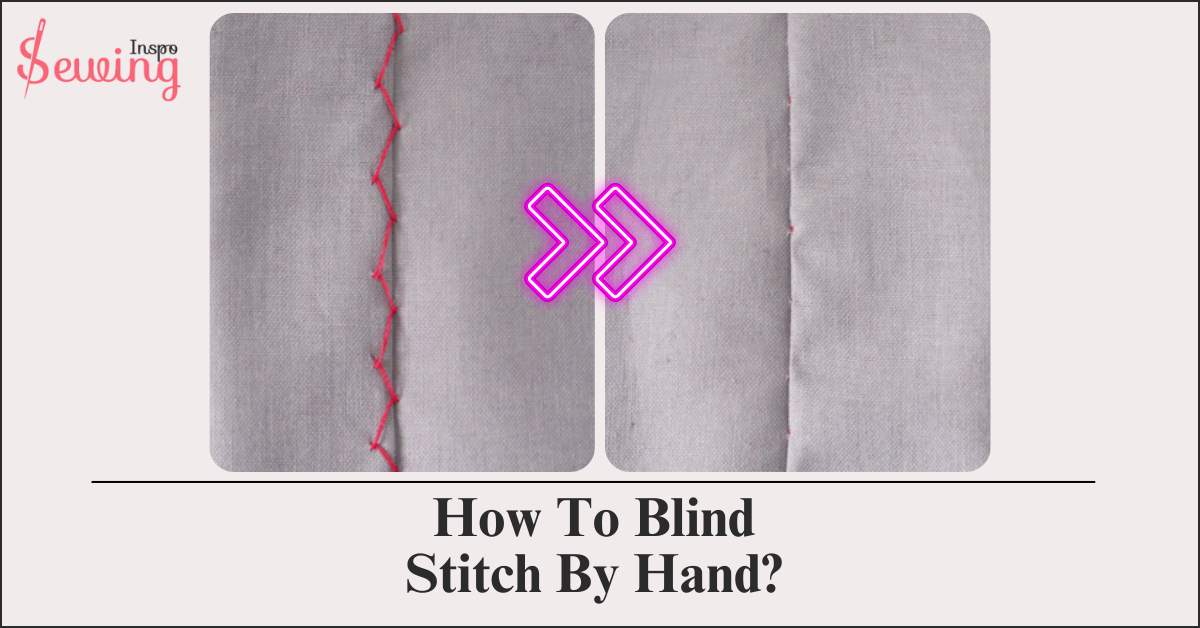
Blind Stitch
To blind stitch, align the fabric edges and sew with small, hidden stitches by catching a few threads from one fabric edge, then from the other, alternating sides to keep the stitches invisible.
-Is that it grandma?
-There is more. I’ll explain how to blind stitch them in-depth to you.
At a glance:
- Use 2/3 pins to hold raw edges together and space.
- Secure the matching thread with a knot before blind stitching.
- Make small blind stitches on one side.
- End the blind stitch with about 0.5 mm stitch.
Table of Contents
What Is A Blind Stitch?
A blind stitch is a nearly invisible stitch on the front side of the fabric. It’s perfect for hemming or attaching linings. The cool thing about it is that the stitch mostly stays hidden on the inside of the fabric, only catching a few threads on the front.
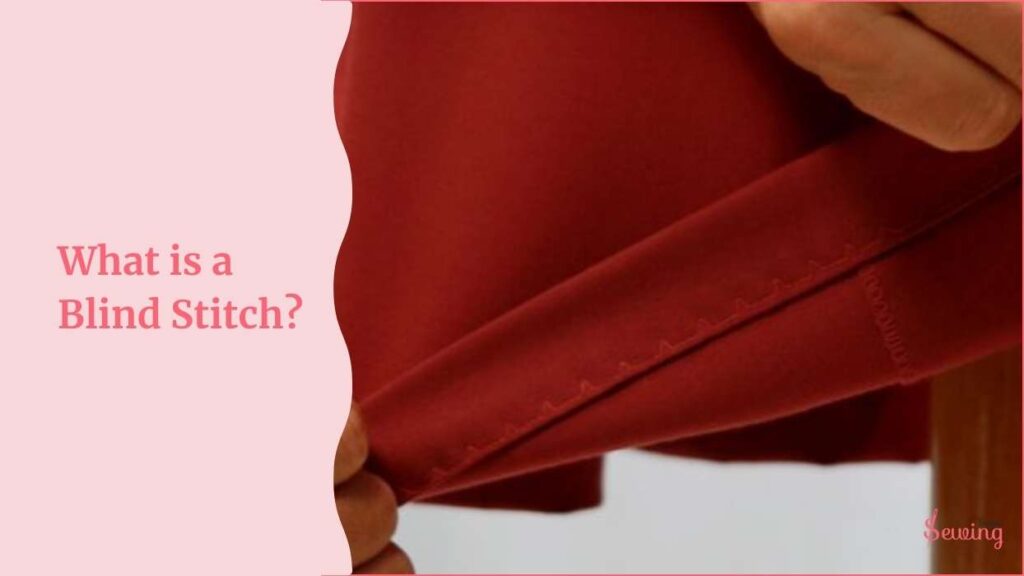
So, blind stitch by hand looks almost invisible. like an interlock stitch. It’s like a secret stitch that keeps your garment looking neat and polished without any visible marks. This is invivable but there is difference between invisible stitch vs blind stitch. Don’t mix it up.
That’s how to sew something back together too.
What Is A Blind Stitch Used For?
A blind stitch is primarily used for hemming and sewing edges where the stitching is not visible on the front side of the fabric. It’s ideal for creating a clean, professional-looking finish for projects like:
- Hemming garments
- Curtains and drapes
- Upholstery
- Quilting
- Mending

You can also use this stitch on stretchy fabric. It also works best as a stretchy hand stitch.
What Does A Blind Stitch Look Like?
A blind stitch looks like tiny, almost invisible stitches that barely show on the front of the fabric. When you look at the front, you’ll mostly see a smooth, clean line.
On the back, however,
You’ll notice small, discreet stitches that hold the fabric together. These stitches usually catch only a few threads from the fabric on the front. It makes them hard to spot unless you’re looking closely. It’s the perfect stitch for hemming or finishing edges without giving away your secret! You can use this for blind hem stitch pants too.
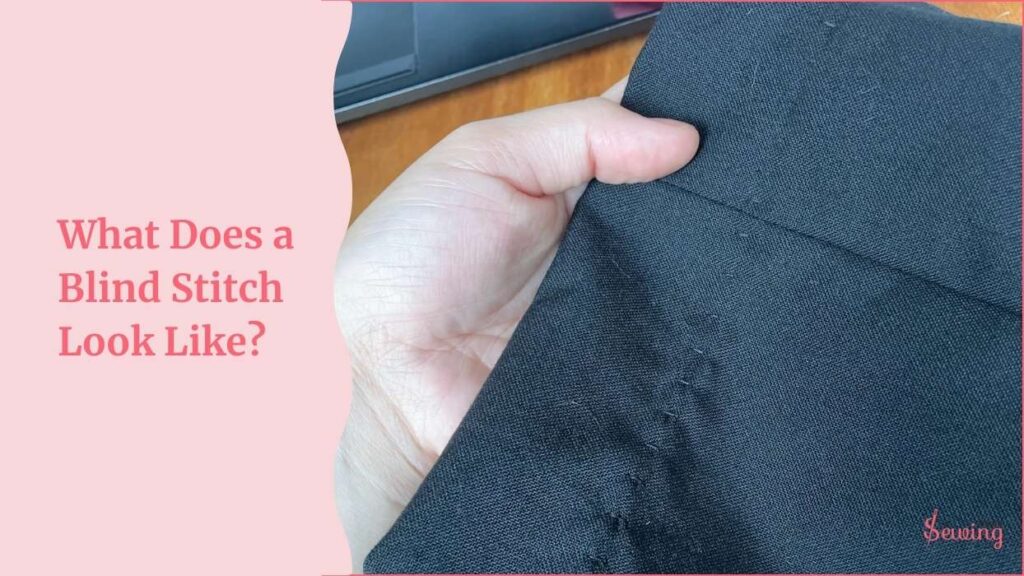

How To Blind Stitch By Hand?
To do the blind hem stitch properly, you need to follow 5 steps. Which are:
- Prepare Fabric For Blind Stitch
- Starting Of Blind Stitch
- Make The First Stitch
- Control The Depth Of The Blind Stitch
- End Blind Stitch
Look, grandma! What have I done? This nothing looks like a blind sewing stitch. 😔
-Haha! No worries. Let’s teach you to do blind stitching. & show you Blind stitch by hand for Beginners step by step image.

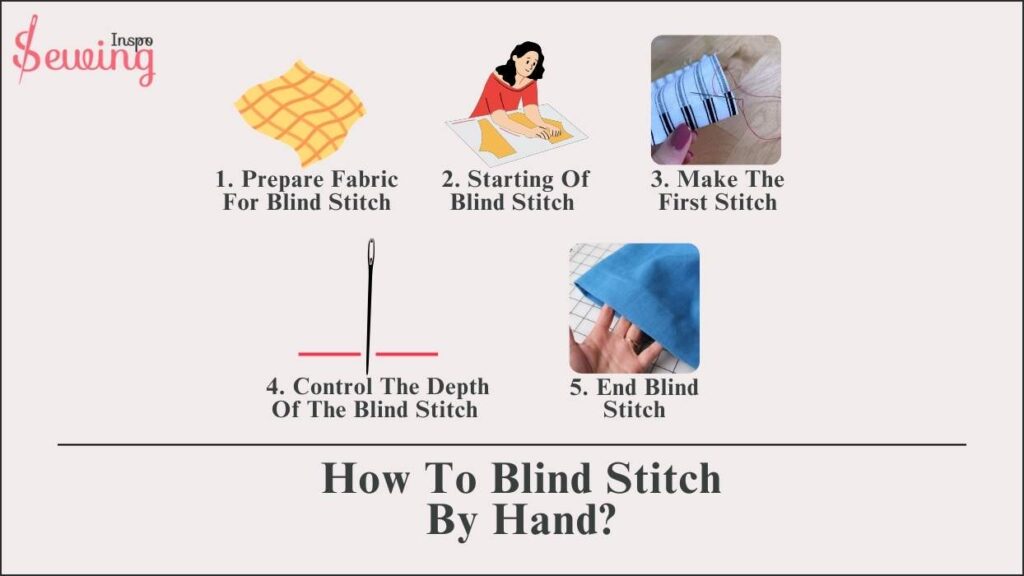
Prepare Fabric For Blind Stitch
Now, take the fabric you want to do blind stitch on. So, start by marking the line where you want the hem to be using a pencil. I used pink and red color to mark.
If the edge of the fabric is rough, trim it so it’s about 1 inch below the marked line.🤘 Just like you do while doing blanket stitch.
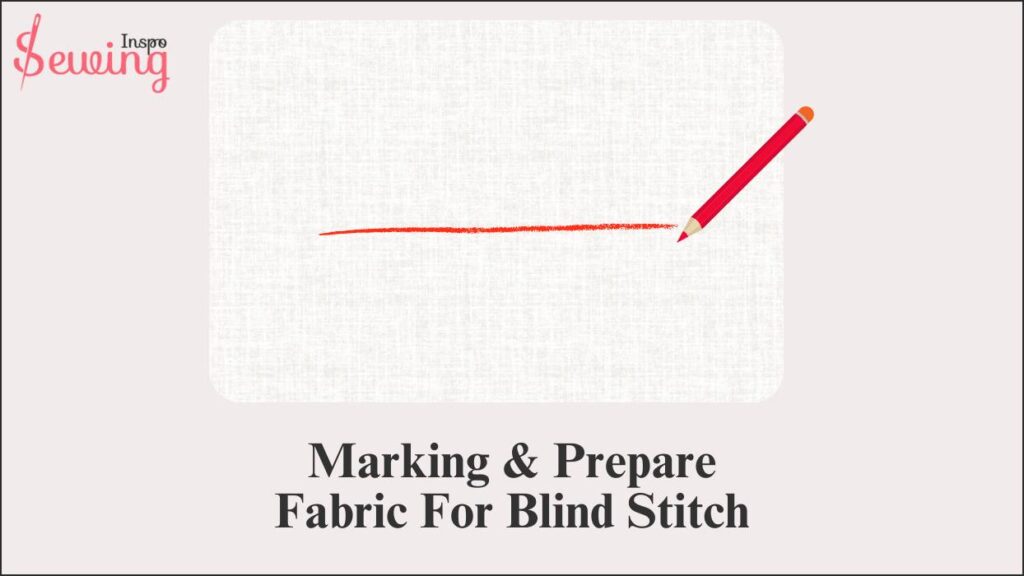
Then,
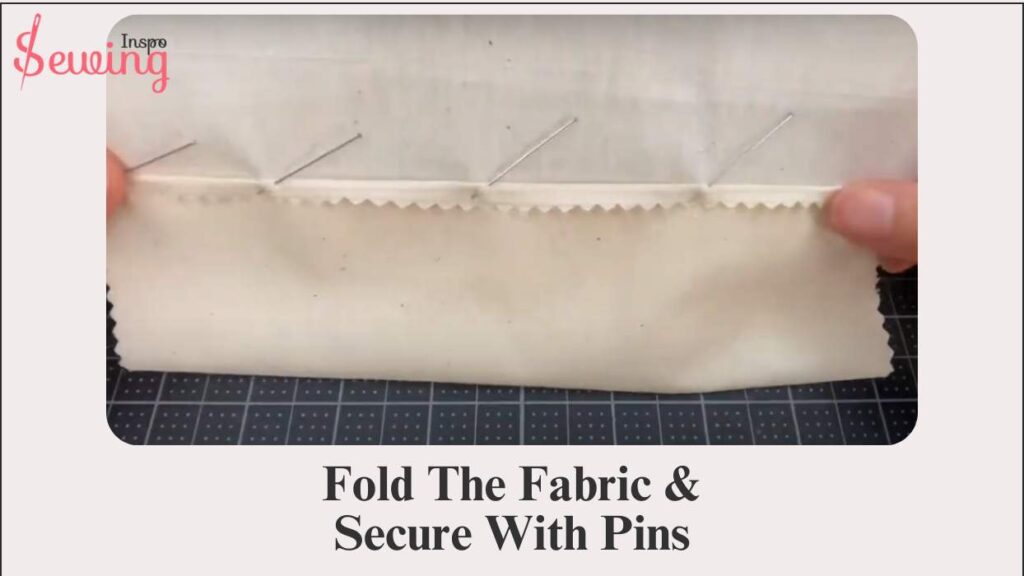
Fold the fabric along the marked line by pinching it in the middle, making sure the top fabric fold matches the bottom line. Secure the fold in place with pins. It’s kind of top stitch look like. So prepare it like that.
According to Mitered-Corner-Blanket,
‘Next, fold the fabric 45 degrees again along the marked line and pin it down. Lightly iron over the folds to keep them in place. Land iron over invisible thread using a silk setting.’’
-What temperature should I iron my piece of fabric, Grandma? There are a few temperature ranges for different fabrics. Which temperature should I select?
-Well, the temperature depends on the lightweight fabric type you use. But you can’t always remember the numbers, right?
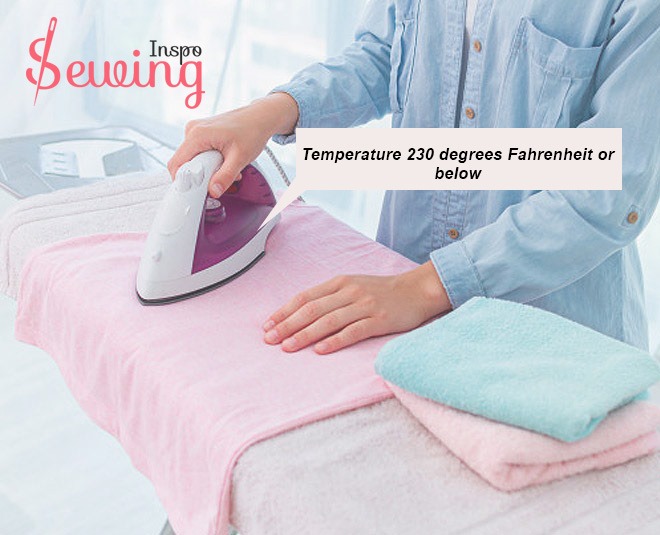
In that case, you can be in a safe zone and use 230 degrees Fahrenheit or below to iron the edge of the fabric.
-What temperature do you normally use to iron fabric?
-That’s still too hot for some fabric. I like to iron my clothes at 200 degrees. 😁 now your cloth is ready for blind hem stitch by hand.
Starting Of Blind Stitch
For holding 2 raw edge together, you use a 2\3 pin and lock it together. To secure the folded hem in place. This process is kinda similar to blanket stitch step by step. So, you must be aware.
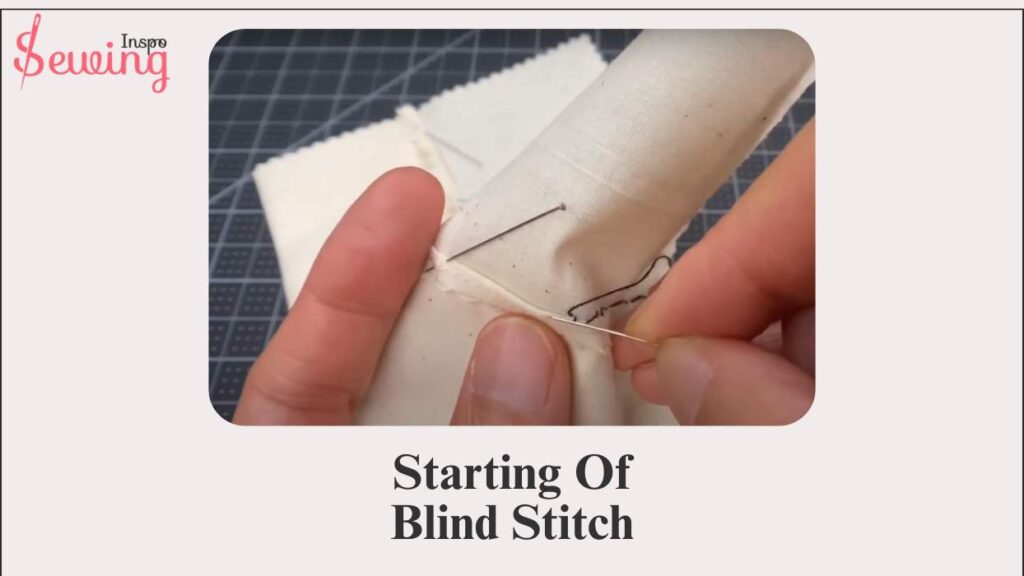
For medium-weight fabrics, space the pins about 1\4 inches apart. Then, fold the hem back against the right side of the fabric. You can apply tricks while tacking stitch by handtoo.
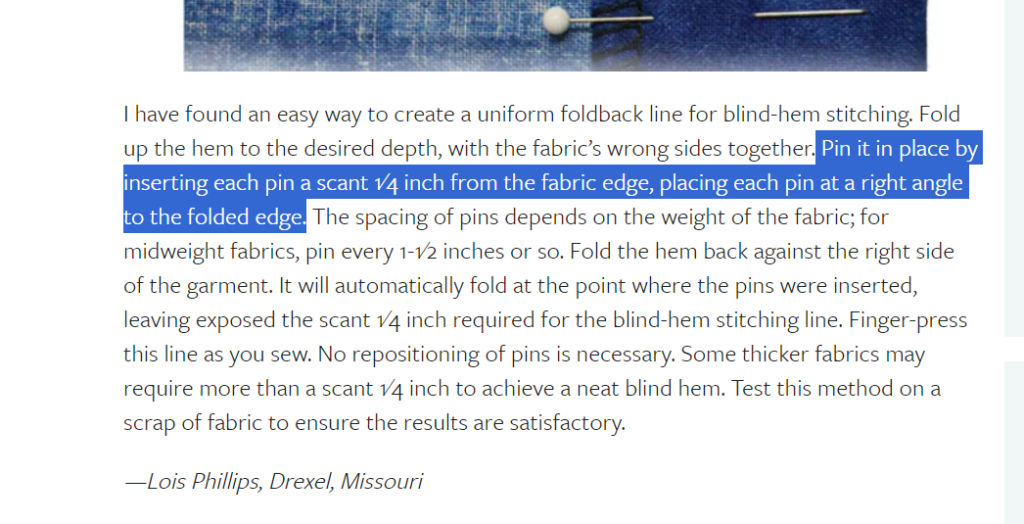
Grandma Tip: Secure the matching thread with a knot. The knot will secure the thread in place.
-Well, then how to blind stitch, grandma?
Make The First Stitch
Now, you make a blind zigzag stitch on one side and a small couple of stitch patterns on the other, ensuring the sewing needle entry and exit points are well-placed to hide the thread just like the pick stitch. Don’t make it too long, though; it should be about 8 of an inch(3 mm) long. Don’t make it too big like running stitch. Keep it short.
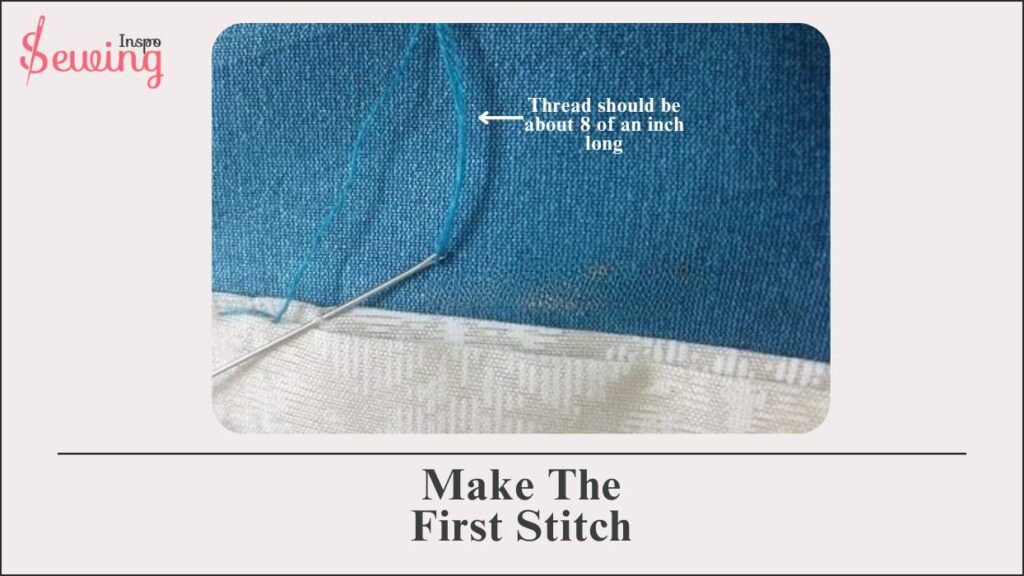
Then again, push through the same spot. Ensure to catch only a few threads of the fabric to maintain invisibility from the right side of the fabric. Remember to do this while doing pick stitch and visible stitch on the wrong side. The needle should travel horizontally(360 degrees) through the layers, moving from one fold to the other.
As you’re sewing, remember not to pull the thread too tight! Leave a little loop of thread tension on the surface. This loop is super important because it helps lock in your shorter stitch and keeps your seam looking smooth and seamless. So, each time you stitch, just keep that loop in mind.
Control The Depth Of The Blind Stitch
Control the depth of the needle to ensure that the hand stitch remains invisible from the right side of the fabric. And will be visible stitches at the wrong side. As in: 1 or 1/2 to 2 inches deep is enough for blind stitch. You can add this depth to the final size of your thing.
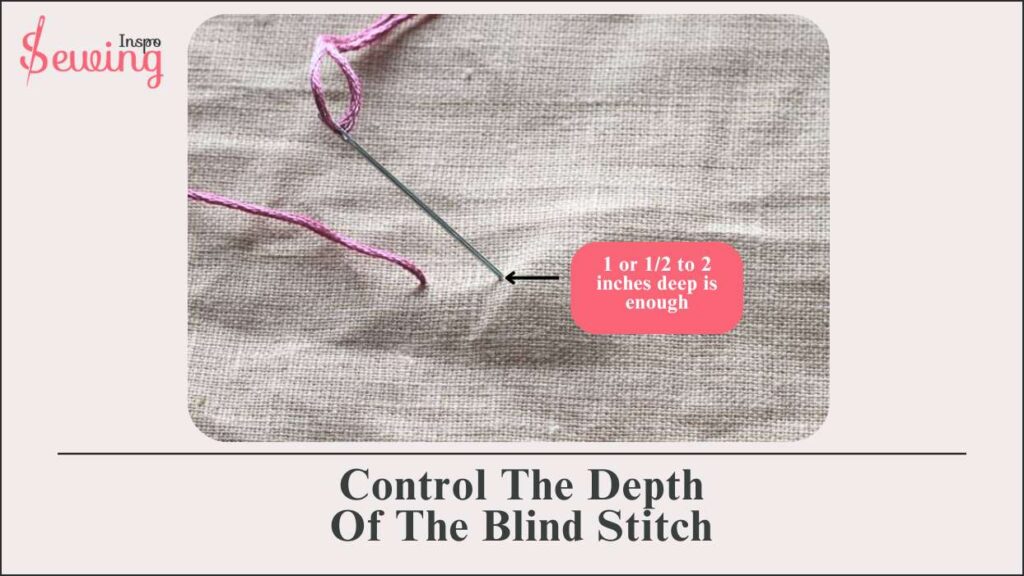
For example, for clothes, it might add 1–1.5 inches to the width, and for curtains, it might add 3–6 inches to the length.
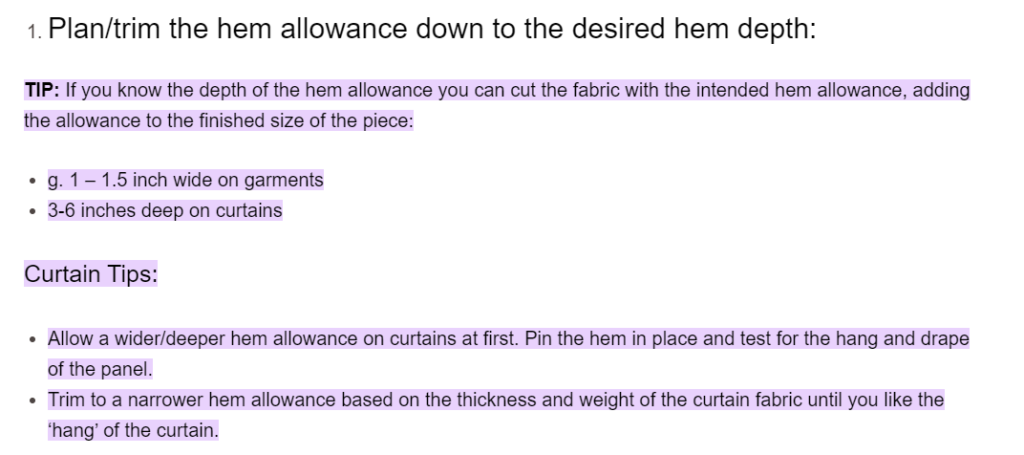
-How much depth should you use, Grandma?
-I normally use 1.2 inch depth in fabric.😜
Grandma Note: Do not push the needle too far into the fabric like saddle stitch.. Doing so could cause your stitches to peek through on the outside. After pulling the needle, check out the little loop of thread left on the fabric surface.
It should be tiny, hardly noticeable. If it’s not quite right, just tweak the tension by gently pulling the thread. Keep repeating these steps until you’re all finished.
End Blind Stitch
Make sure you’ve sewn the seam or attached the fabric using the blind stitch. This stitch hides well on the right side of the fabric. Next, bring the needle up near where you finished the last stitch.
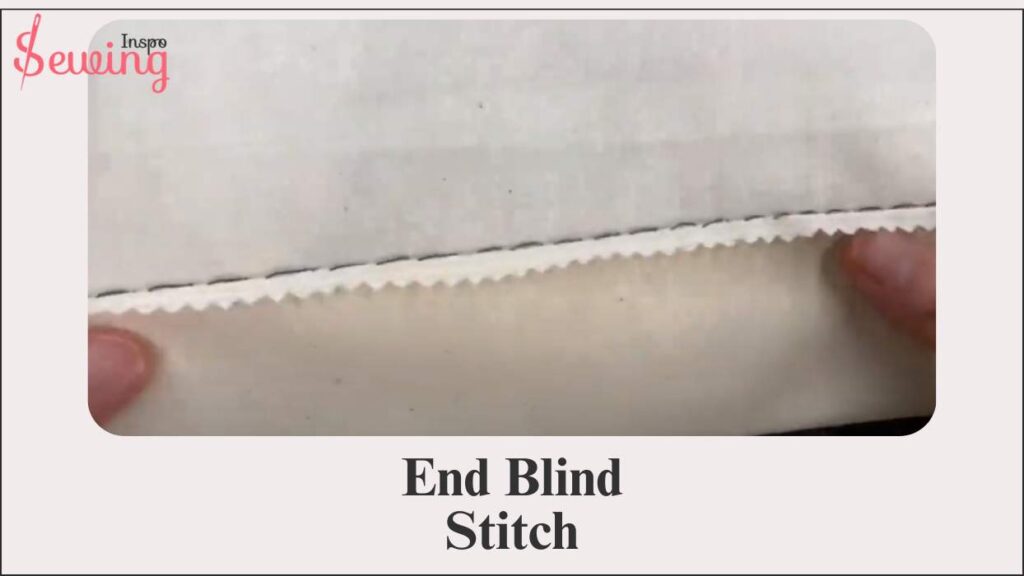
Grandma Trick: I use a straight stitches with a very short length, about 0.5 mm, and move the needle to the far right. This stitch lines up with the straight part of the blind hem. It makes sure the end of the seam on the hem stays hidden. I sew about 4-5 stitches to secure it, then cut the threads. After finishing the hem, I check to make sure it hangs flat. And that’s it! Blind stitch done!
So, if you wanna achieve a professional finish on your garments, the invisible stitch hem by hand is an excellent technique. You can use this technique with the pad stitch, too.
If you want to learn more about stitching like this, then read how to hand sew a buttonhole.
An even better idea is to read a sewing book for beginners. It will fill you up with every kind of stitch.
How To Do Blind Hem Stitch?
To start a blind hem stitch, fold your fabric to the desired length, press it, and fold the raw edge under it. Pin the hem so that a small portion of the edge extends beyond the fold.
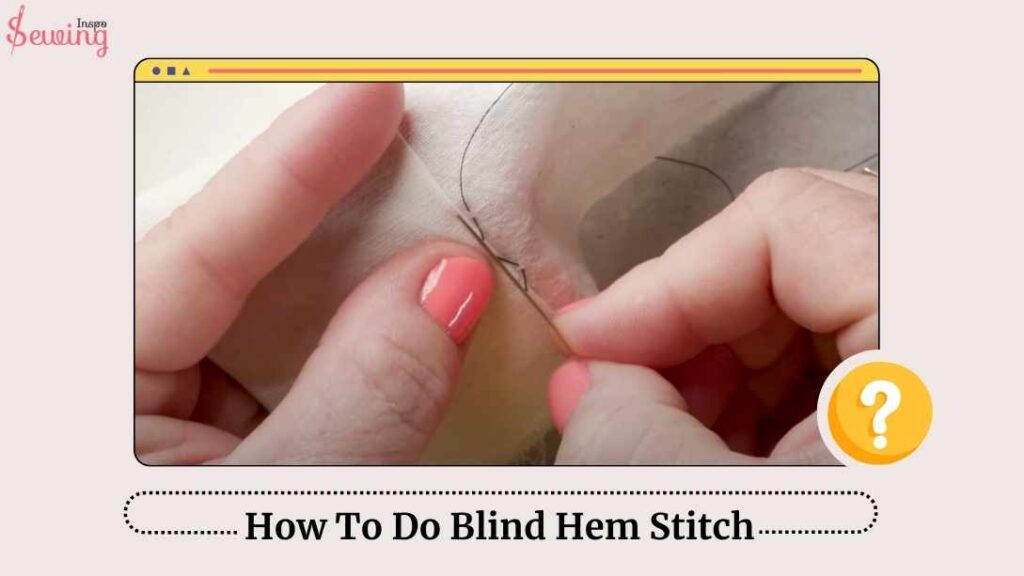
Thread your needle and start stitching, picking up a few threads from the main fabric. Then, take a small stitch on the hem edge.
Continue this pattern around the hem, keeping the stitches small and even. Finish by securing the thread and giving the hem a final press. The result is a neat, nearly invisible hem.
That’s how to do a blind hem stitch.
Blind Hem Stitch By Hand Pants
A blind hem stitch is normally used around the hem.
To do this, you fold the hem of the pants and use a needle to make small, discreet stitches along the inner fold. The stitches should catch only a tiny bit of the fabric on the outside. It makes them nearly invisible.
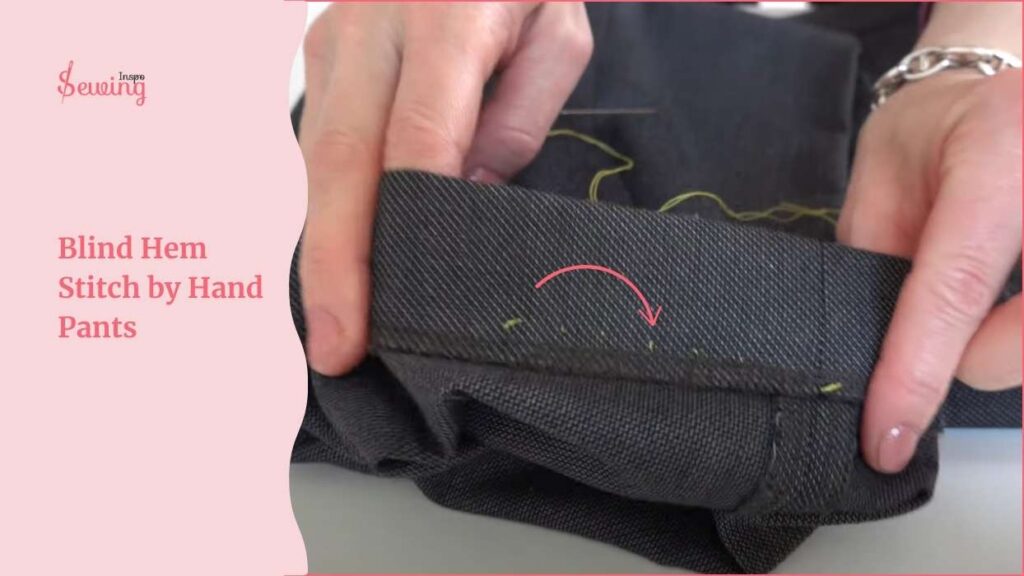
How Do You Thread A Blind Stitch Needle?
Before you thread your needle, you gotta pick the right size needle. There are many kinds of blind stitch needles, such as:

-Grandma, what size needle do you use for blind stitches?
-But I usually use 10 size needles for blind stitches. It is sheepish, so it’s easy to do a blind stitch.
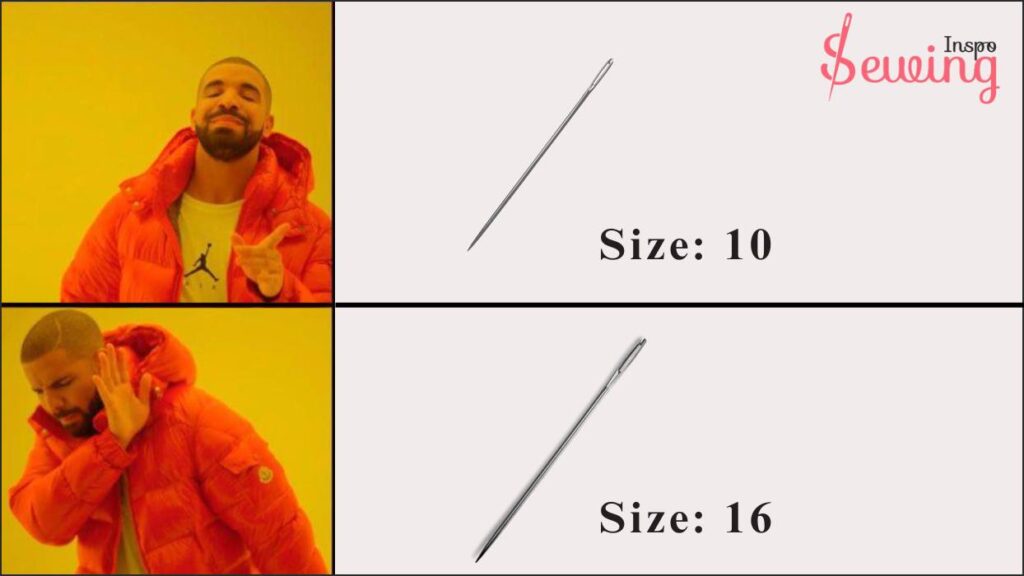
-what about a thread? Can I use any kind of thread?
-You can, but GRAL thread is the best choice for blind stitch. Because GRAL blind hemming thread feels like plastic, which helps prevent it from getting tangled or knotted. It’s thin and flexible, so when you sew it into clothes, it becomes invisible. That’s why GRAL is great for blind hemming.
Sew A Blind Hem Invisible Stitch
I understand how helpful a visual guide can be when learning to sew a blind hem or invisible stitch. That’s why we’ve created a clear, detailed visual guide to help you master the blind stitch with ease.
Frequently Asked Questions (FAQ’s)
How To Blind Stitch Hem Pants?
To blind stitch hem pants, fold and press the hem, then stitch along the folded edge, catching a few threads of the fabric with each stitch. Knot and trim the thread when done. Press the hem, and repeat on the other pant leg.
What If You Use The Wrong Size Needle To Blind Stitch?
Using the wrong needle size for blind stitching can cause problems. If it’s too big, it might leave holes or marks on the fabric. If it’s too small, it might be hard to stitch neatly, especially on thick fabric. It’s important to pick the right needle for the fabric to get the best results.
Warp Up
I know, but do you know how to Blind Stitch?
I bet you know now! So what are you waiting for?
Get some fabric, start doing blind stitching, and let us know what you have done.

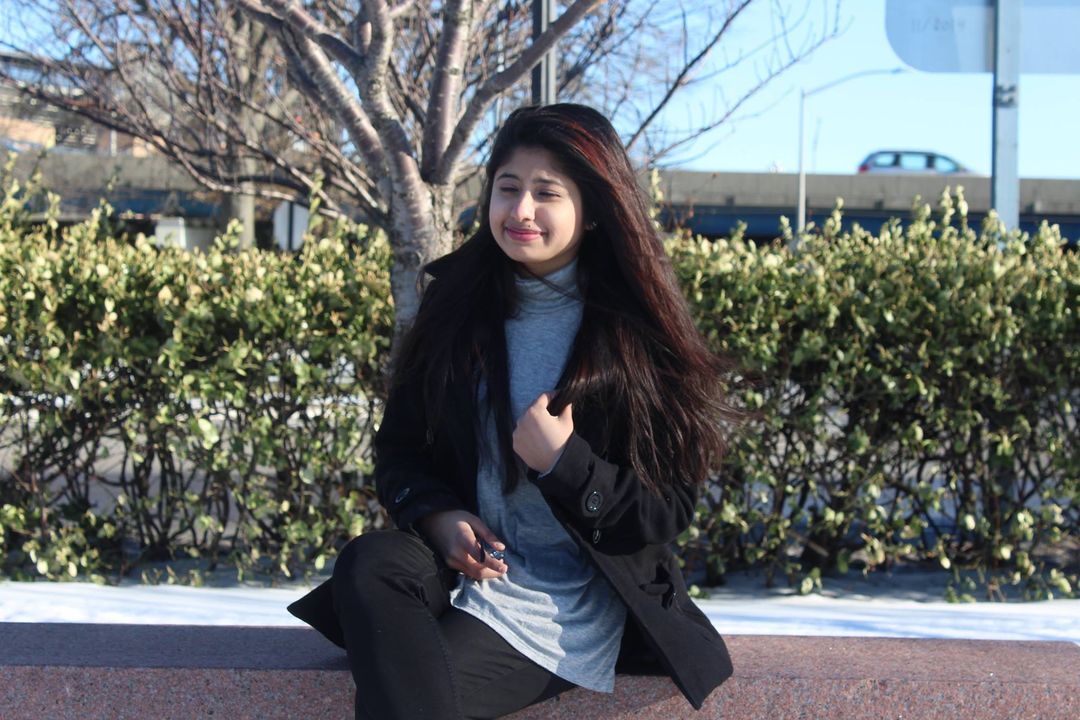
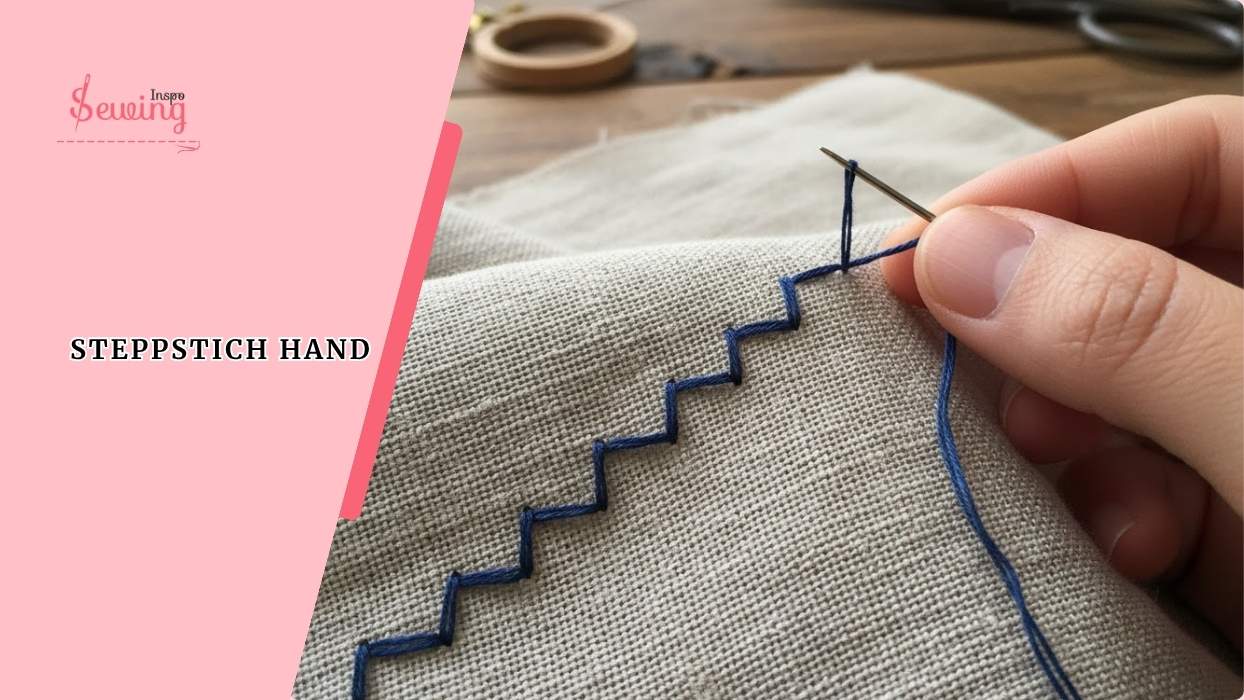
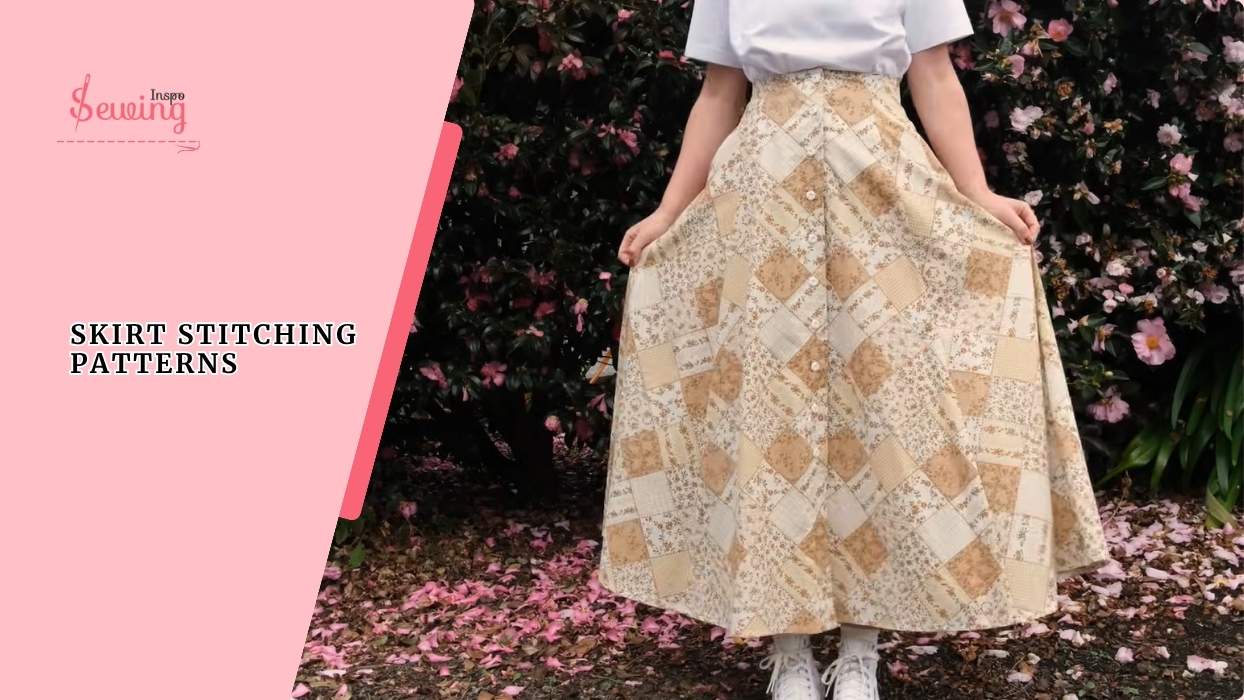
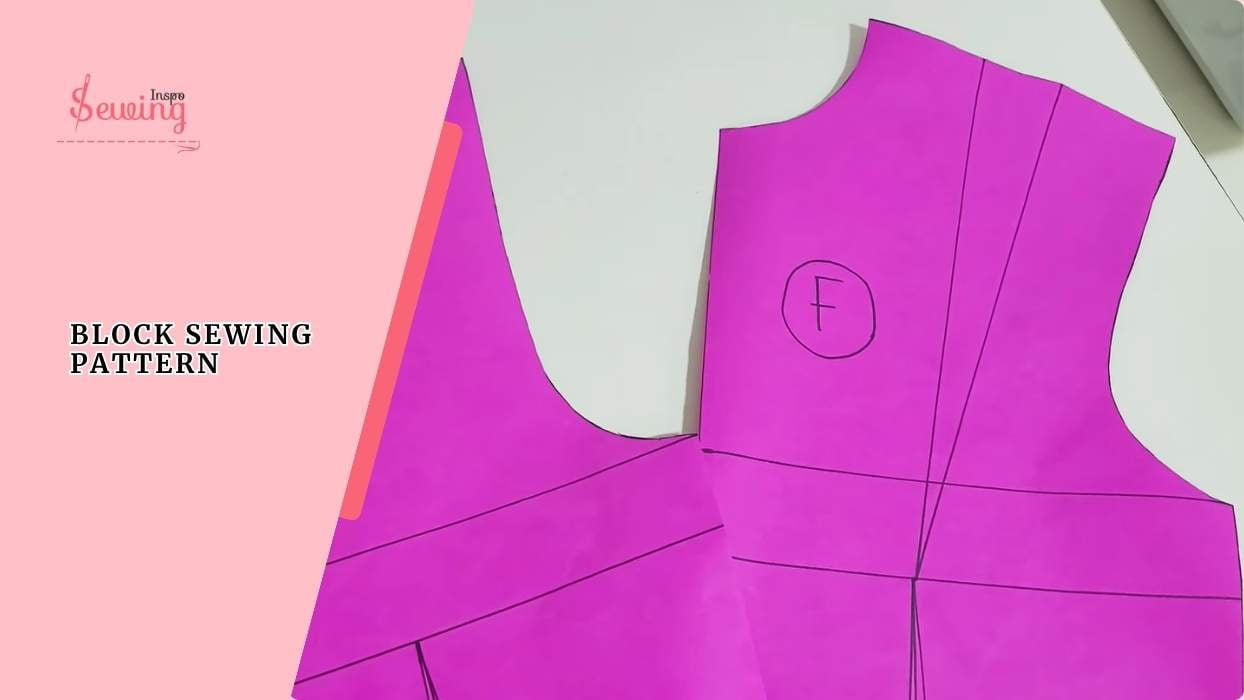
Leave a Reply